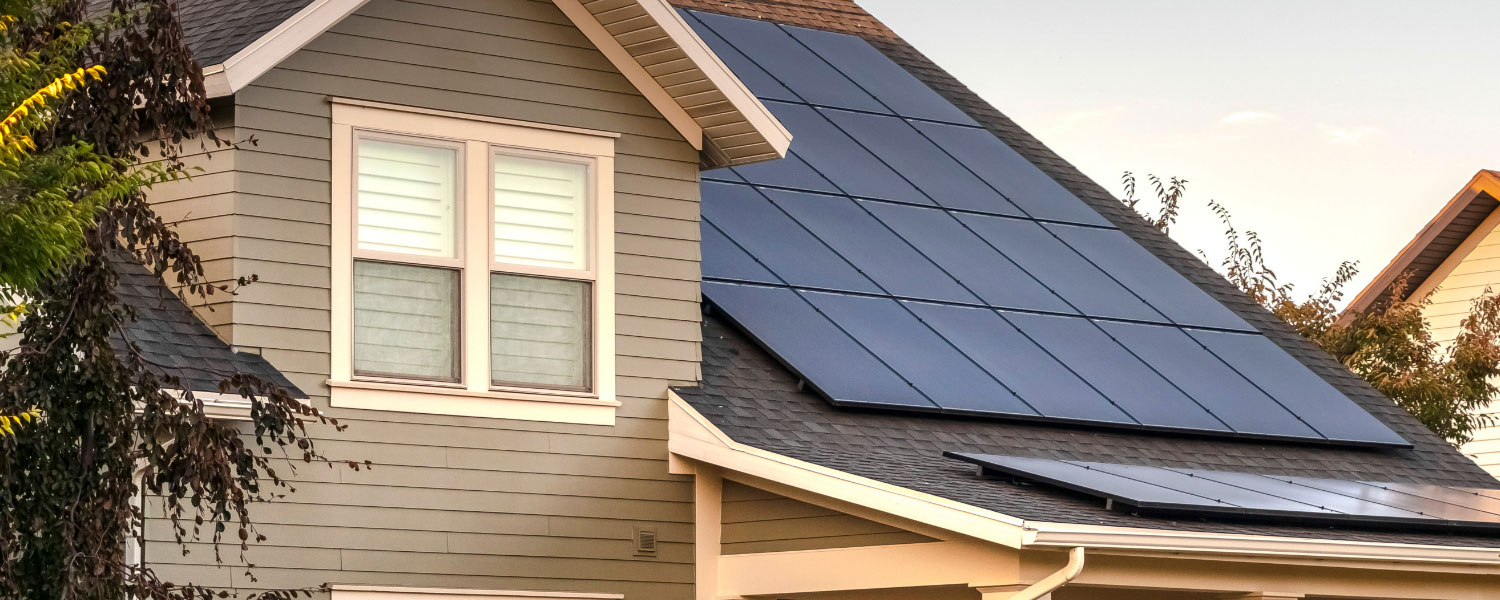Installing Solar Panels on Your Roof

GRNE Switch To Solar - Community Events Form
Discover the solar panel incentives in your neighborhood.
Converting your home to solar is a simple solution to get to a lower electricity bill and reduce your carbon footprint. Complete the form and we’ll provide you with a list of incentives available to you in your neighborhood and the cost to go solar.
"*" indicates required fields

Steps to Solar
Consultation
During this meeting, we’ll share details about your system and answer any questions you may have about your project and solar energy.
Design
Our site surveyor will visit to take precise measurements – and share them with our design team to help with completion of your system design.
Permitting
We'll send a design packet, approval from a licensed structural engineer, and other required documents to your municipality or authority having jurisdiction for a building permit.1
Installation
Once permitting is approved, we’ll get your installation scheduled. Most installations take from one to three days – and we’ll show you around the system once installation is complete.
Frequently Asked Questions
States We Have Installed In
See What Our Happy Customers Have to Say
Learn how our five-star service – from project start to finish – delivers happy customers. Check out our five-star Google reviews.
1 GRNE Solar is not responsible for ensuring that the municipality and/or AHJ ultimately grants your permit. The granting of your building permit is at the discretion of the municipality and/or AHJ.
2GRNE Solar customer data.
